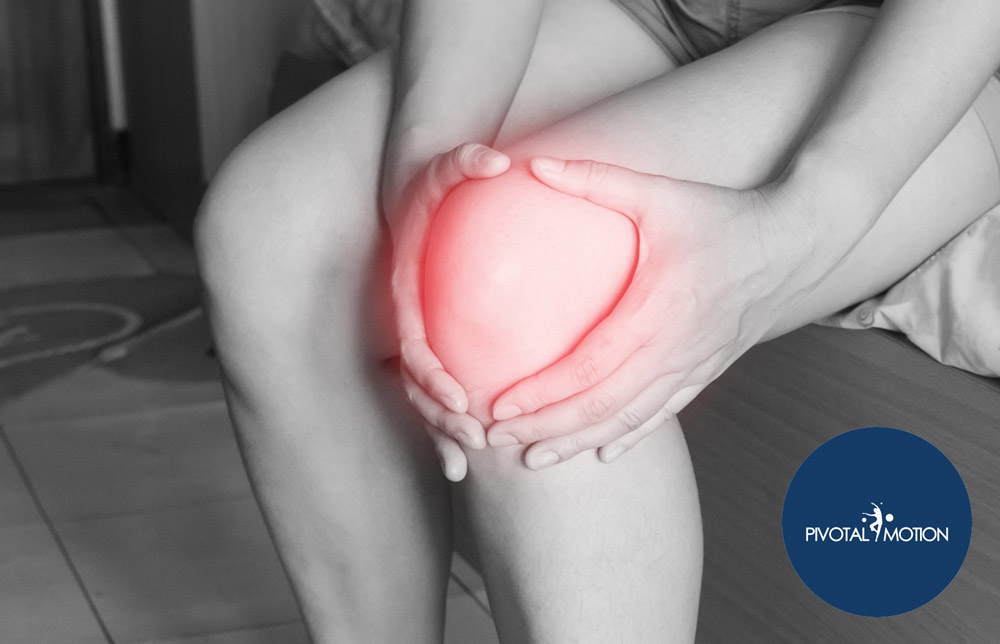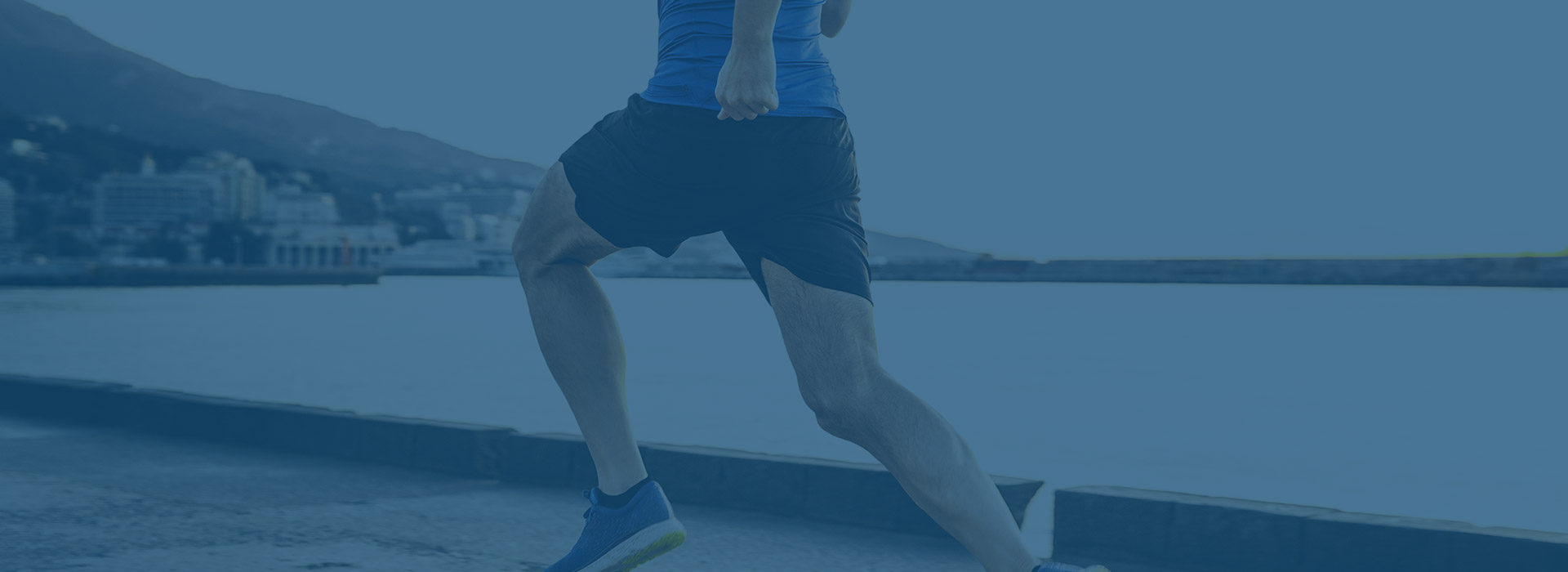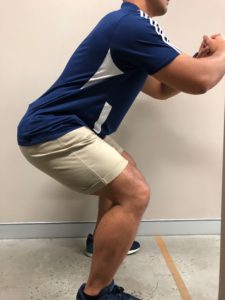Pain in the front of the knee can arise from multiple structures within the knee such as the fat pad. The fat pad that lays behind the patella tendon is a highly innervated and therefore a source of knee pain.
As the knee is a highly mobile joint with several important ligamentous and capsular structures, it has several soft tissue structures known as fat pads throughout.
The fat pad is designed to reduce the amount of friction and strain experienced. As these knee structures are highly innervated, they are often a source of anterior knee pain when irritated.
The infra-patellar fat pad, also known as Hoffa’s fat pad, is located just behind and underneath the kneecap. This position can increase its susceptibility to irritation, and as such, is often one of the more common causes of presentation to a physiotherapy clinic.


WHAT FAT PAD KNEE PAIN FEELS LIKE…
- Patients often complain of an acute/chronic sharp, burning pain in the infrapatellar (below the knee cap) region.
- Patients will often complain of the pain being aggravated by prolonged standing or walking, or any activity that results in prolonged periods of terminal knee extension.
WHAT CAN CAUSE FAT PAD IMPINGEMENT?
Hoffa’s fat pad can become irritated through a variety of mechanisms.
Acute irritation can occur following a direct trauma to the anterior aspect of the knee. Resulting in an inflammatory response that leads to hypertrophy of the fat pad, causing further irritation via surrounding structures.
In chronic cases, however, poor biomechanics and impaired patellar tracking around the knee can lead to a posteriorly tilted patellar. The tilted patellar can excessively leads to impingement. Recurrent episodes of impingement and irritation will result in swelling and a pro-inflammatory environment, creating a persistent cycle of ongoing irritation leading to ongoing swelling, and vice-versa.
HOW TO MANAGE ANTERIOR KNEE PAIN
 In an acute presentation, or a recurrence of a chronic case, management of the swelling and inflammatory environment is essential in reducing ongoing irritation.
In an acute presentation, or a recurrence of a chronic case, management of the swelling and inflammatory environment is essential in reducing ongoing irritation.- Applying ice or cold wraps to the infra-patellar region several times throughout the day assists in reducing swelling. There is also anecdotal evidence that suggests ice application assists in pain management.
- Relieving the associated soft tissue tightness assists in de-loading the irritated region, and thereby reduce recurring irritation. This can be achieved with soft tissue therapy, performed by a physiotherapist, coupled with a specific stretching program.
- Taping aimed at de-loading the irritated area
- Graded strengthening program
- Neuromuscular re-education aimed at correcting biomechanically faulty movement patterns which can result in further irritation and instability. Emphasis on muscle control and co-ordination will be prescribed to help in patellar tracking, whilst also assisting in helping reduce the degree of hyperextension which naturally occurs during everyday functional tasks.Functional strengthening is imperative in ensuring this problem does not recur. As it can often be caused by abnormal biomechanics around the knee, ensuring that specific neuromuscular techniques are translated to functional activity minimises the risk of further impingement or incidences of irritation.
Taping will often be used in conjunction with other therapies to further reduce the likelihood of irritation.
The medial and lateral borders of the patella are pulled diagonally upwards to form a type of sling, aimed at reducing the instances of the inferior pole of the patellar compressing the fat pad. Taping or bracing is aimed at de-loading the irritated area.
If you are experiencing knee pain, the best thing you can do is book into see your physio to have the pain assessed so they can develop a treatment plan for you.
Book an appointment online or call us today on 07 3352 5116.


 In an acute presentation, or a recurrence of a chronic case, management of the swelling and inflammatory environment is essential in reducing ongoing irritation.
In an acute presentation, or a recurrence of a chronic case, management of the swelling and inflammatory environment is essential in reducing ongoing irritation.